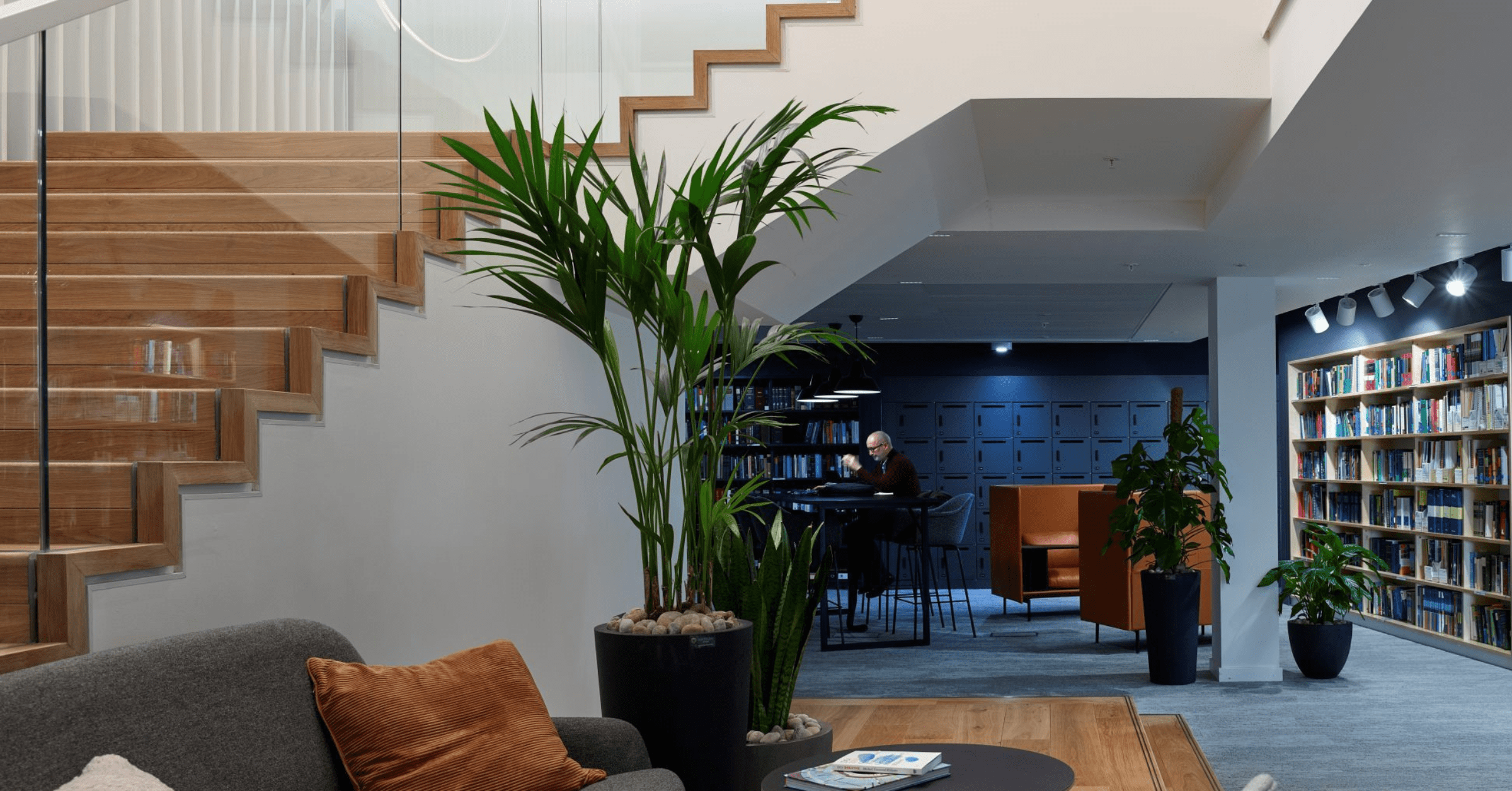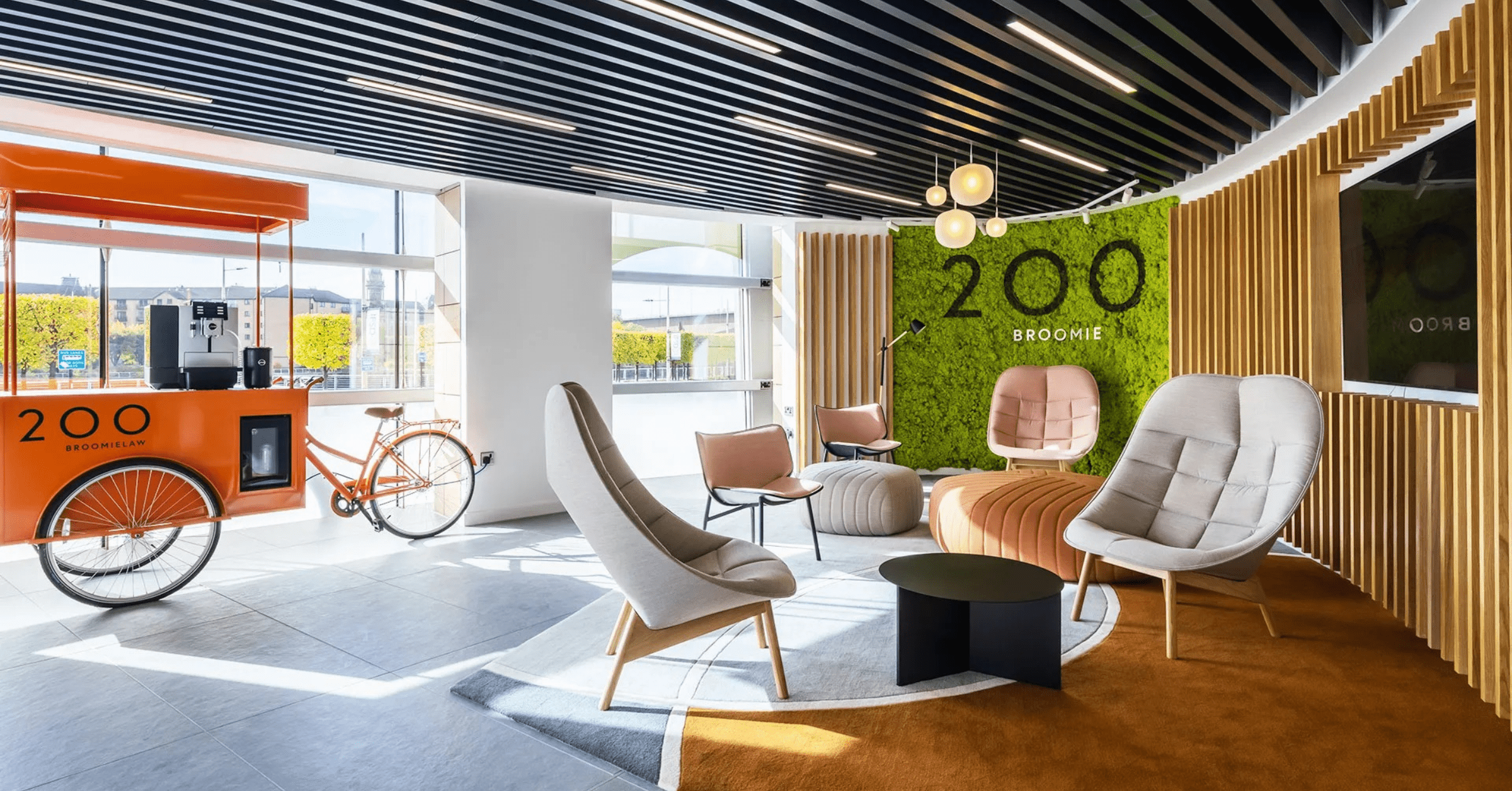In the modern era, where businesses are continually seeking ways to enhance employee well-being and productivity, the design and layout of office spaces have gained significant attention. The research study titled “The Relative Benefits of Green Versus Lean Office Space: Three Field Experiments” contributes to this discourse by exploring the impact of office environments on employee performance and satisfaction.
This study has garnered significant attention for its assertion that green offices have the remarkable capacity to enhance productivity by an astounding 15%.
Study Overview
The study was conducted over an 18-month period and involved academics from the University of Exeter; the University of Groningen in The Netherlands, and the University of Queensland, Australia.
Published by the Journal of Experimental Psychology: Applied; this research delves into the dichotomy between “green” and “lean” office spaces. “Green” spaces incorporate elements of nature, such as plants and natural light, promoting a visually appealing and biophilic work setting. On the other hand, “lean” spaces are minimalist and functional, often characterized by a lack of ornamentation and emphasis on efficiency.
Methodology
The researchers meticulously designed and executed three distinct field experiments, each conducted within real office settings. The study employed a multidisciplinary approach, combining surveys, cognitive tests, and physiological measurements to gather a rich dataset on various facets of employee experience. Participants were exposed to either “green” office spaces, featuring natural elements like plants and ample natural light, or “lean” spaces characterized by minimalist design and functional efficiency. By meticulously comparing the outcomes of these two environments, the study aimed to clearly demonstrate the relative effects on stress levels, cognitive function, job satisfaction, and creativity. This multifaceted methodology allowed the researchers to draw robust conclusions about the profound influence of office space design on employee well-being and performance, particularly highlighting the relative benefits of “green” spaces in fostering a more conducive and productive work environment.

Key Findings
Implications
The implications of this study are noteworthy for both academia and the business world. By highlighting the advantages of green office spaces, organizations can consider incorporating elements of nature into their workplace design to promote employee well-being and productivity. Furthermore, the findings underscore the importance of considering psychological and physiological factors when designing office environments.

“The Relative Benefits of Green Versus Lean Office Space: Three Field Experiments” offers a comprehensive understanding of the impact of office environments on employee well-being and performance. By highlighting the advantages of incorporating natural elements into office design, the study underscores the potential for organizations to create more productive, creative, and satisfied workforce. As businesses continue to adapt to changing work paradigms, this research serves as a valuable resource for shaping the future of workplace design.
Research source: https://www.academia.edu/10236753/The_Relative_Benefits_of_Green_Versus_Lean_Office_Space_Three_Field_Experiments
Want to transform your office into a healthier, happier, and more productive place to work? Whether it’s internal plants and flowers for the office itself, a jaw-dropping floral welcome wall at reception, or even a tropical looking rooftop terrace for company gatherings – there is nothing our design team can’t do.
Contact our design team to discuss the plant and floral possibilities for your unique workplace and get a free tailored quote today.